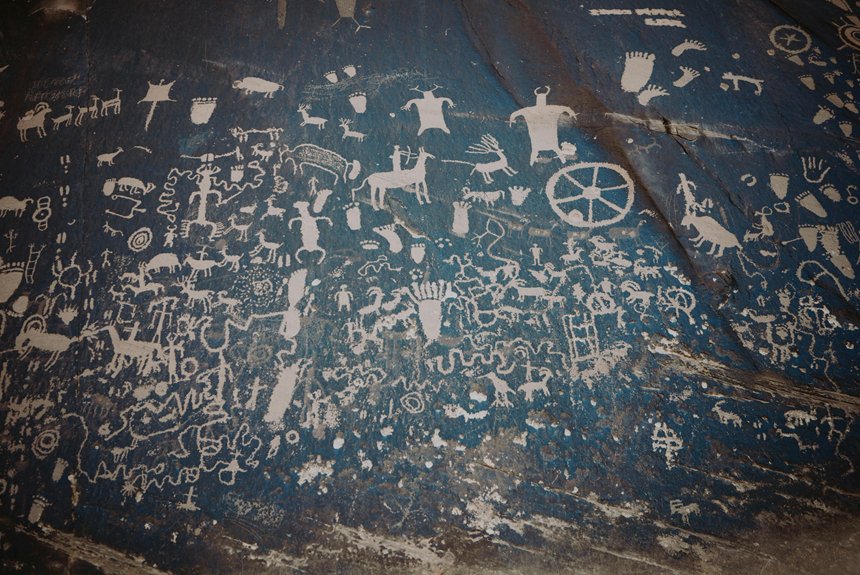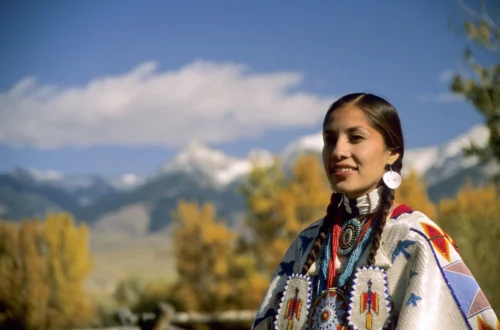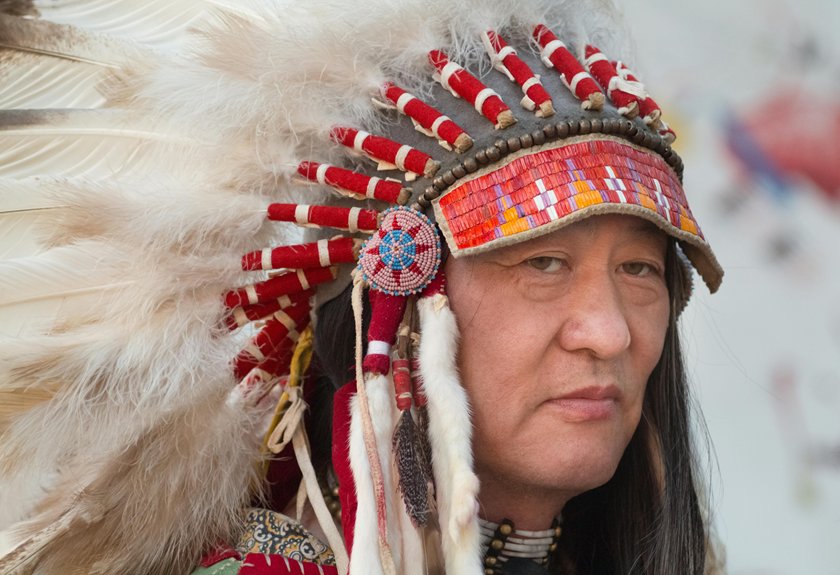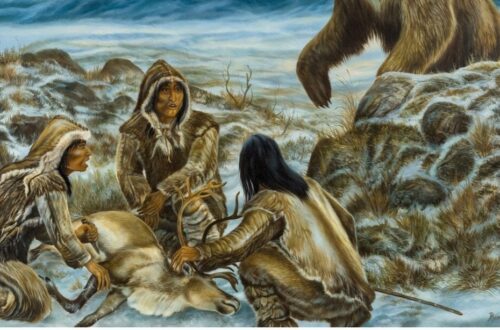You’re likely aware that the Native American population in the U.S. is around 6.8 million, but this number is just the beginning of a complex story. With over 570 federally recognized tribes, each with its own rich culture and history, understanding this population requires more than mere statistics. As urbanization and youth engagement reshape identities, the question remains: how do these factors influence the future of Native American communities?
Historical Overview of Native American Populations
As you explore the historical overview of Native American populations, you’ll discover a tapestry woven with diverse cultures, languages, and traditions that have thrived for thousands of years across the continent.
Long before European contact, various tribes inhabited distinct regions, each developing unique lifestyles that reflected their environments. From the agricultural practices of the Pueblo peoples to the nomadic ways of the Plains tribes, these communities adapted skillfully to their surroundings.
Their rich oral traditions passed down knowledge, history, and cultural values through generations. Despite facing immense challenges, including colonization and forced displacement, Native American resilience remains evident.
Today, many tribes work to preserve their heritage while fostering cultural revitalization, ensuring their stories and traditions continue to flourish for future generations.
Current Population Statistics
The legacy of Native American populations continues to evolve, reflected in current demographic statistics that highlight both growth and diversity.
As of 2023, approximately 6.8 million people identify as Native American or Alaska Native in the United States, a figure that shows a remarkable increase over previous decades. This population represents over 570 federally recognized tribes, each with unique cultures, languages, and histories.
Significantly, urbanization trends have led to a considerable portion of Native Americans now living in urban areas, fostering vibrant communities that blend traditional and contemporary lifestyles.
Additionally, the youth population is growing, bringing fresh perspectives and renewed cultural energy. Understanding these statistics helps honor the resilience and dynamic nature of Native American identities today.
Factors Influencing Population Growth
While various factors contribute to the growth of Native American populations, a few key elements stand out, shaping their demographic landscape.
One significant factor is the revitalization of cultural identity, encouraging individuals to reconnect with their heritage and self-identify as Native American. This pride often translates into increased birth rates within communities.
Additionally, improved access to healthcare and education has enhanced overall well-being, fostering healthier families.
Urban migration also plays a role, as many Native Americans seek better opportunities in cities, often leading to population growth in urban areas.
Finally, advocacy for tribal rights and recognition raises awareness, strengthening community ties and encouraging younger generations to maintain their cultural legacy.
These elements collectively enhance the resilience and vibrancy of Native American populations.
Tribal Affiliations and Diversity
Understanding the diversity among Native American tribes is essential to appreciating their unique cultures and histories. Each tribe carries its own traditions, languages, and social structures, reflecting a rich tapestry of life.
You’ll find over 500 federally recognized tribes in the United States, each with distinct customs and beliefs. For instance, the Navajo are known for their intricate weaving and storytelling, while the Lakota emphasize their connection to nature and spirituality.
Tribal affiliations often shape identity, fostering a sense of belonging and community. Respecting these differences allows you to engage more deeply with Native American heritage, recognizing that each tribe contributes to the overall narrative of resilience and cultural richness among Indigenous peoples.
Geographic Distribution of Native Americans
Across the United States, over 5 million Native Americans reside, each group anchored in specific geographic regions that shape their lifestyles and traditions.
You’ll find vibrant communities in the Southwest, where tribes like the Navajo and Hopi cultivate rich cultural practices amidst breathtaking landscapes.
In the Great Plains, the Lakota and Cheyenne maintain their heritage through traditional ceremonies and communal gatherings.
The Pacific Northwest is home to tribes such as the Coast Salish, who thrive on the region’s abundant natural resources.
In urban areas, many Native Americans adapt, blending their cultural identity with modern life.
Understanding these geographic distributions helps you appreciate the resilience and diversity of Native American communities, each uniquely connected to their ancestral lands.
Challenges Faced by Native American Communities
Though many Native American communities continue to demonstrate resilience, they face significant challenges that impact their well-being and cultural preservation.
Economic hardship remains a pressing issue, with high unemployment rates and limited access to quality education and healthcare. These factors often lead to social problems, including substance abuse and mental health struggles.
Additionally, the ongoing fight for land rights and sovereignty complicates their ability to cultivate traditional practices and sustain their cultures. Many communities also grapple with the effects of environmental degradation, which threatens their natural resources.
In this situation, understanding the complexities of these challenges is essential for fostering respect and support for Native American communities and their ongoing efforts to thrive amidst adversity.
Cultural Identity and Self-Identification
Cultural identity and self-identification play essential roles in the lives of Native Americans, as they navigate a world that often overlooks their unique histories and traditions.
When you connect with your heritage, you honor the stories, languages, and customs passed down through generations. Each tribe has its own distinct identity, fostering a sense of belonging and pride.
You might find that self-identification isn’t just about racial or ethnic labels; it’s about embracing the values and teachings that shape your worldview. Engaging with community, participating in cultural practices, and learning your tribal history can deepen this connection.
In a society that sometimes marginalizes these identities, your recognition and affirmation of your roots are crucial for preserving the richness of Native American culture.
The Importance of Accurate Data Collection
While many may not realize it, accurate data collection is essential for understanding the true scope of the Native American population and the challenges they face. When you gather precise information, it helps illuminate the diverse experiences of different tribes and communities.
This data influences critical areas such as healthcare, education, and economic opportunities. Without accurate numbers, policymakers might overlook the needs of Native Americans, perpetuating disparities.
Additionally, reliable statistics foster a stronger connection between tribes and government agencies, promoting collaboration. By prioritizing accurate data collection, you contribute to a more inclusive narrative that honors Native American voices and heritage.
Ultimately, informed decisions based on solid data can lead to meaningful change, benefiting both Native communities and society as a whole.





